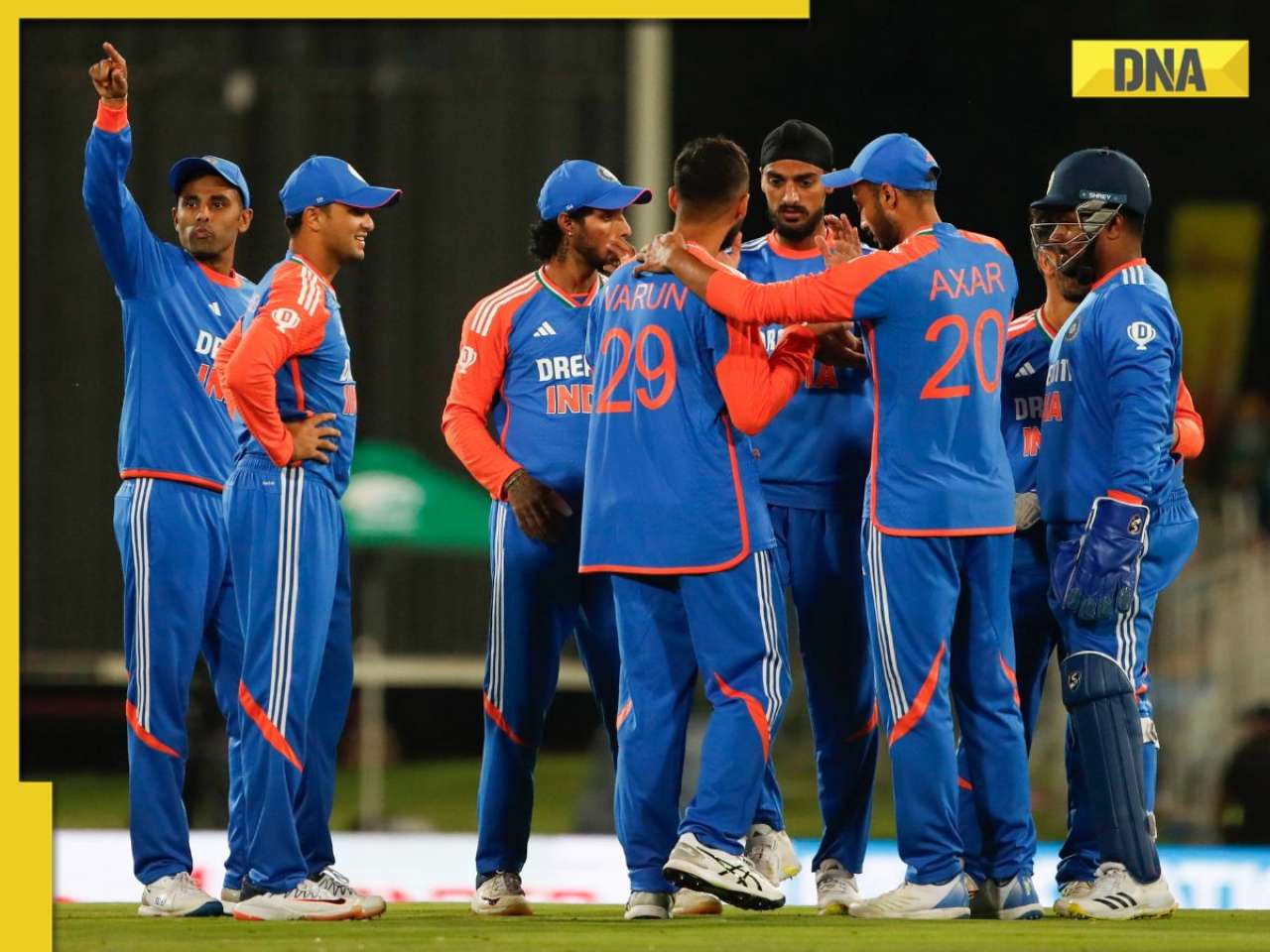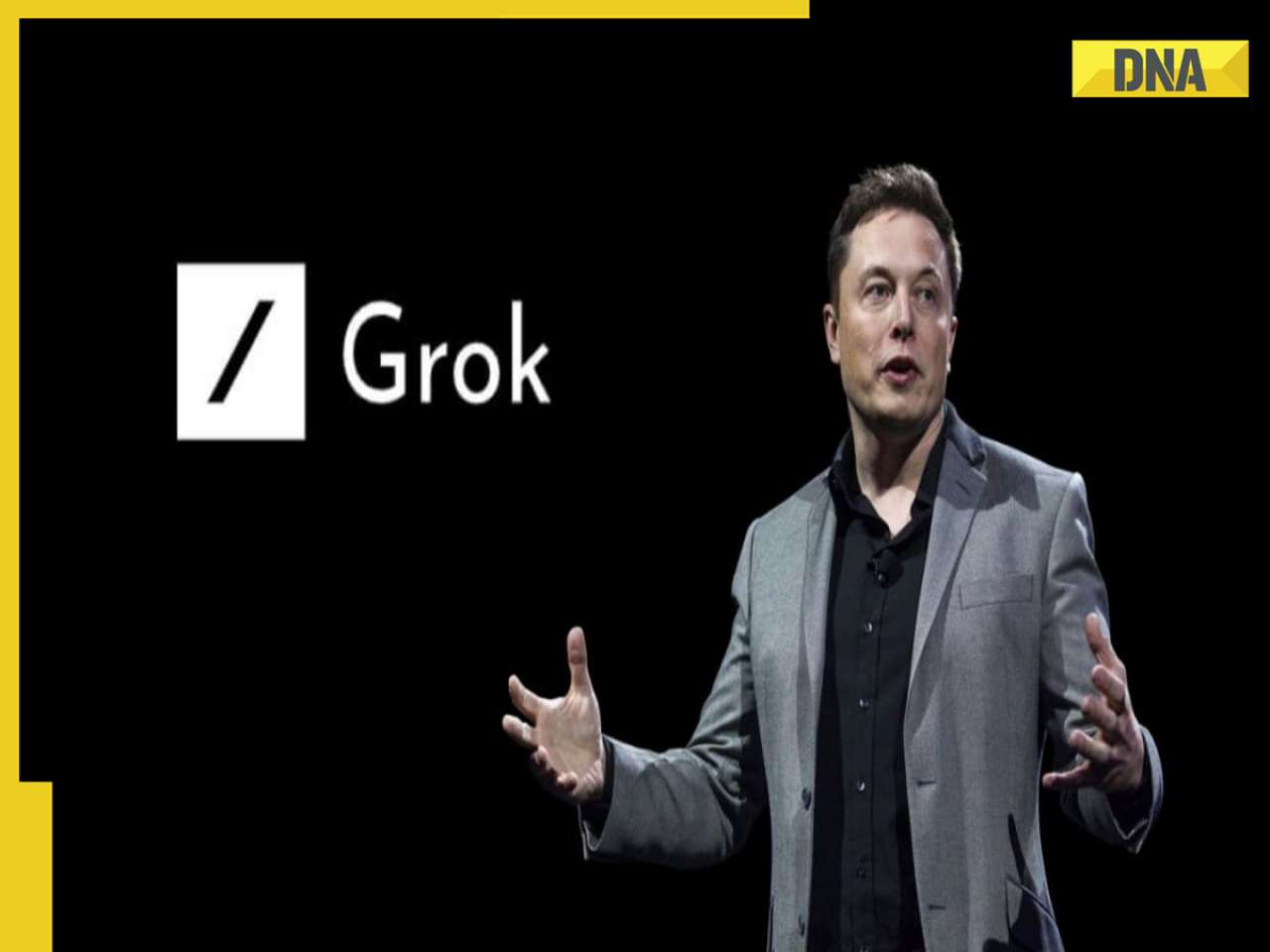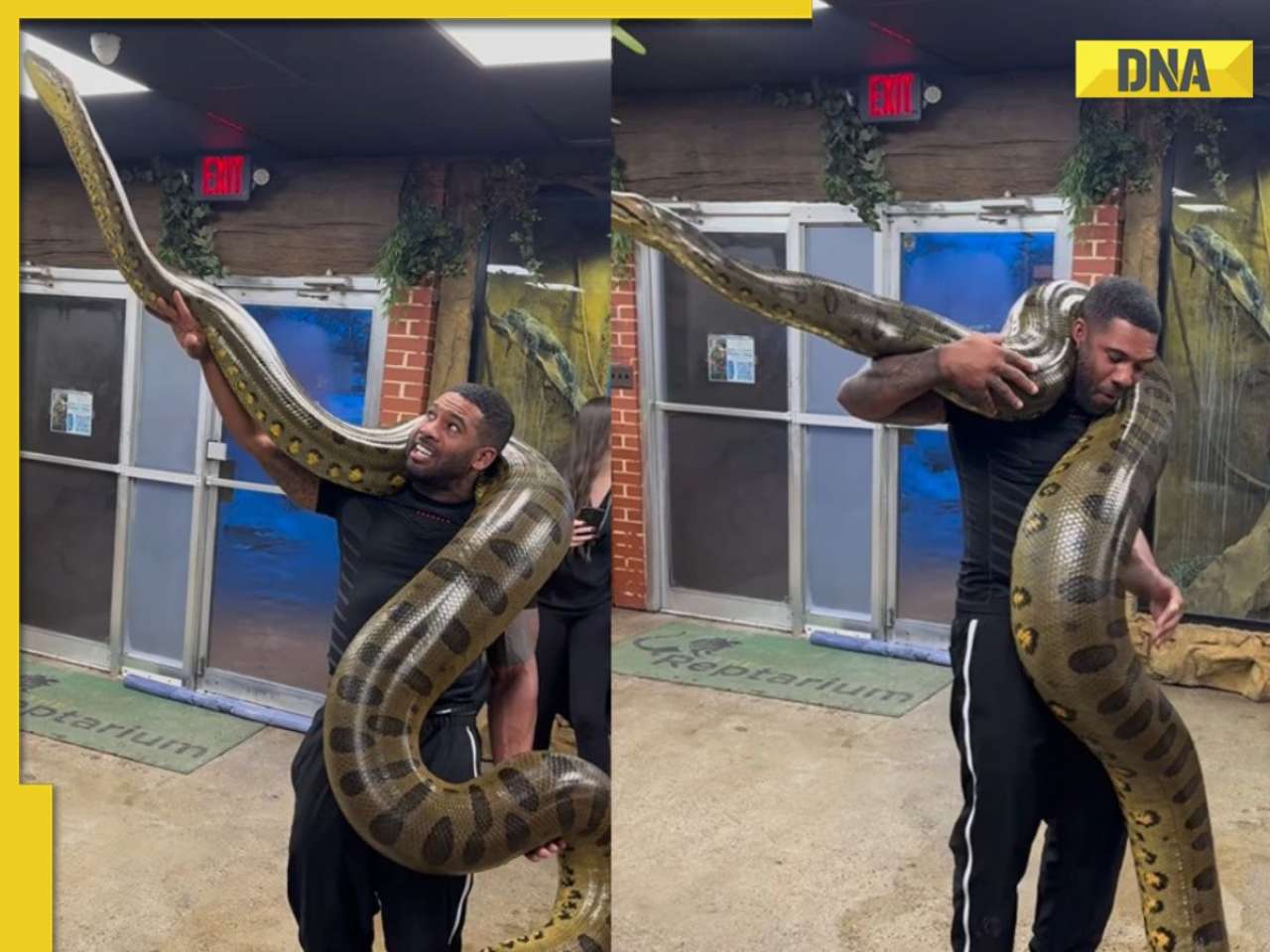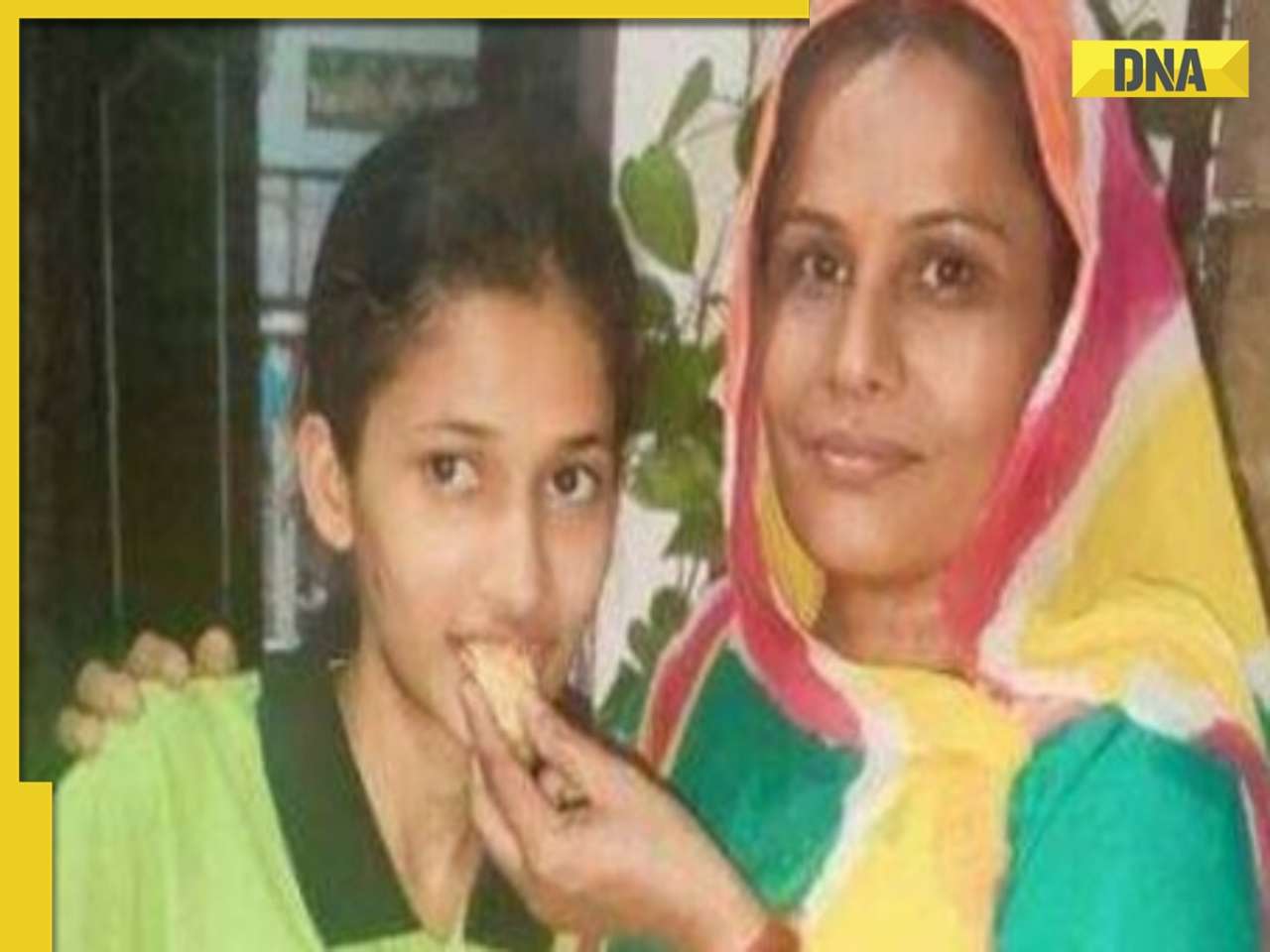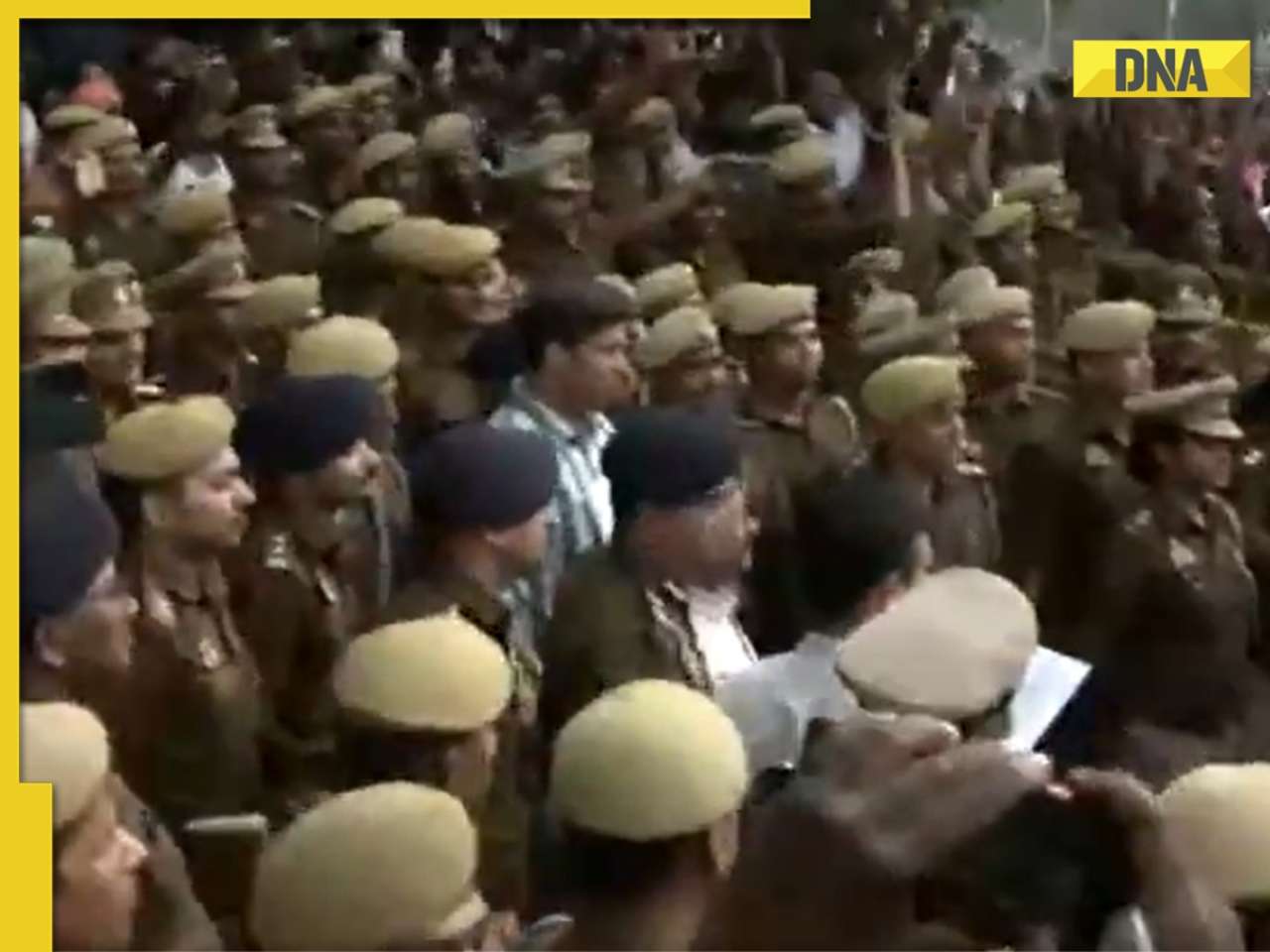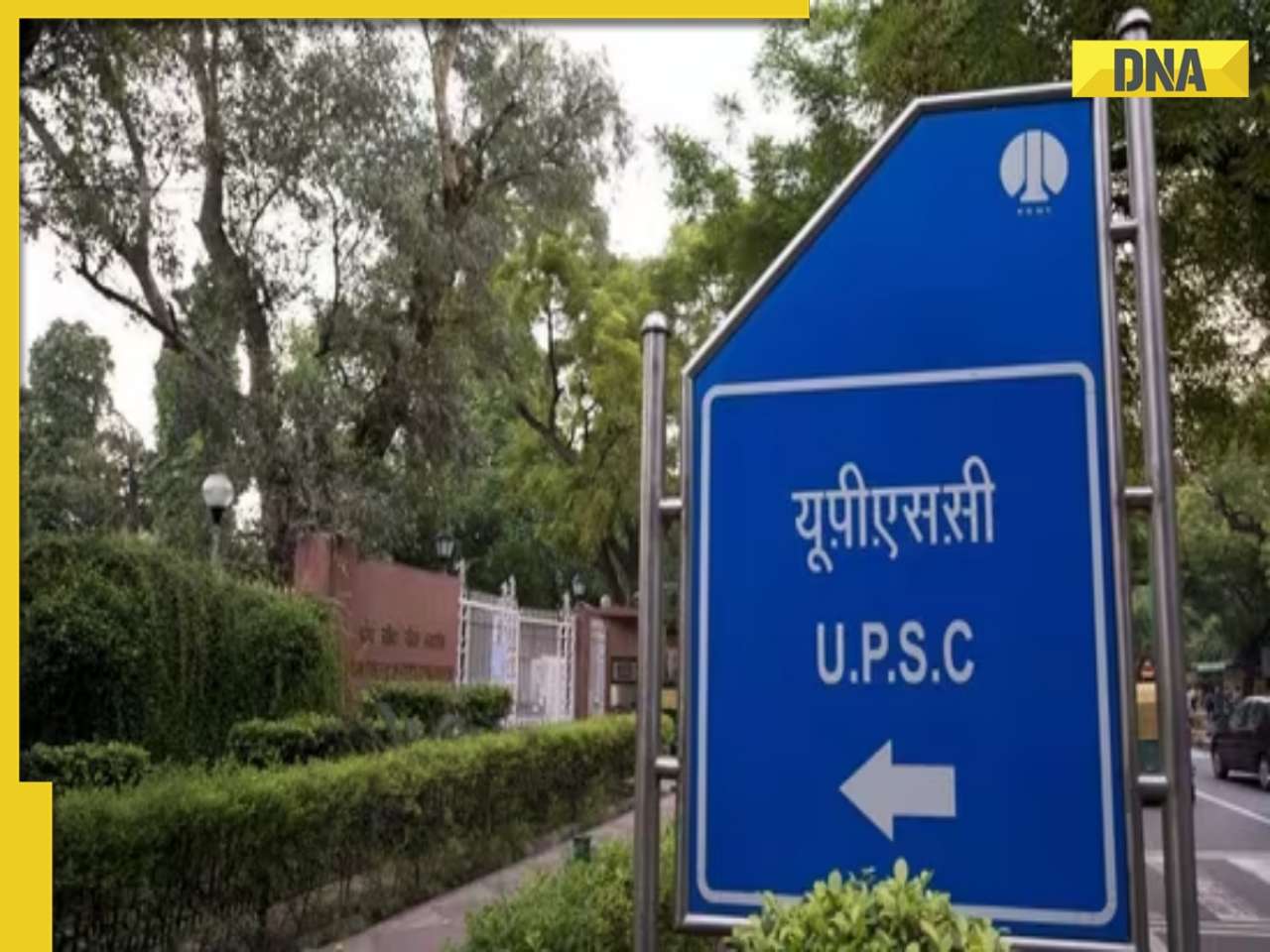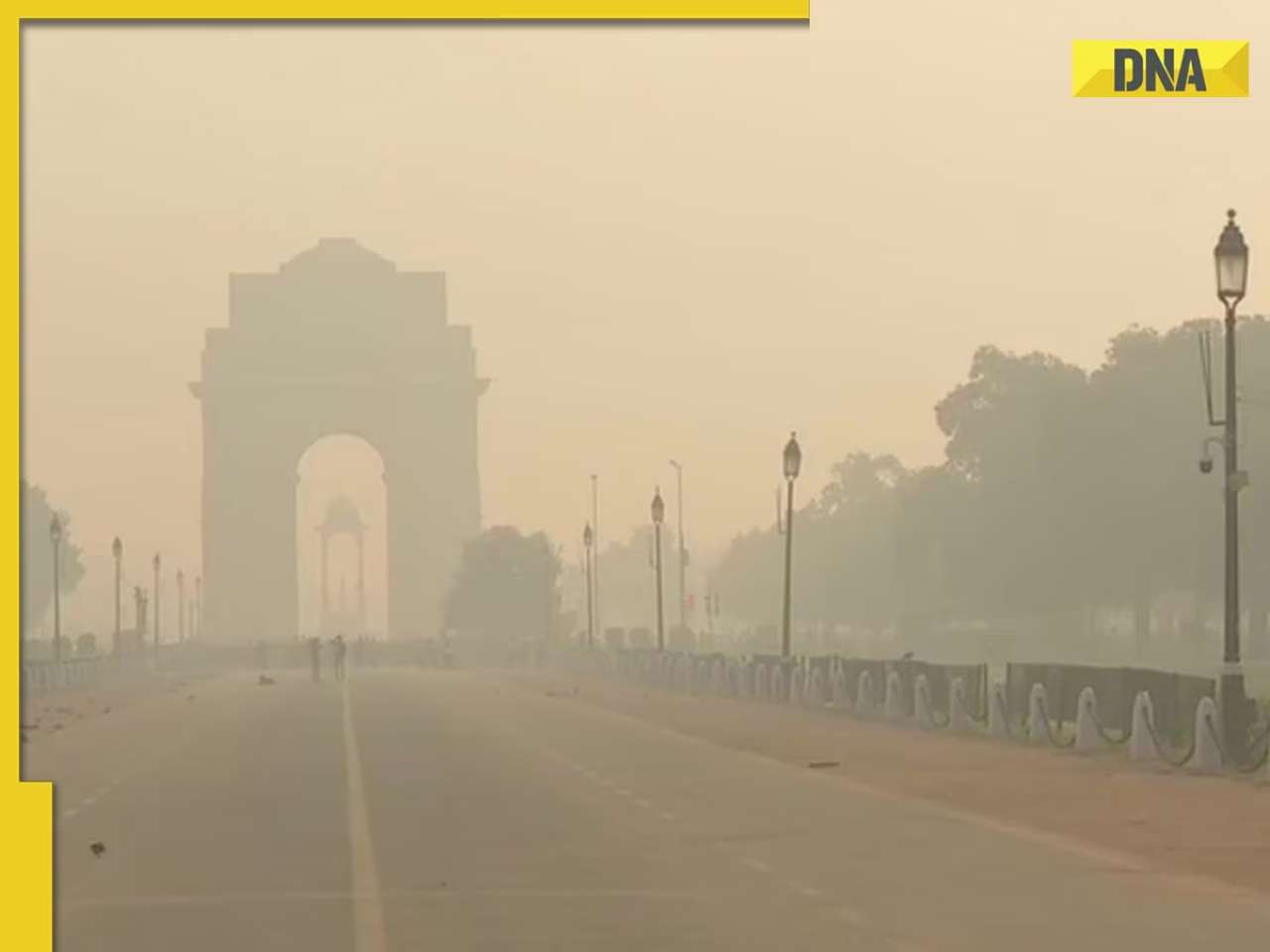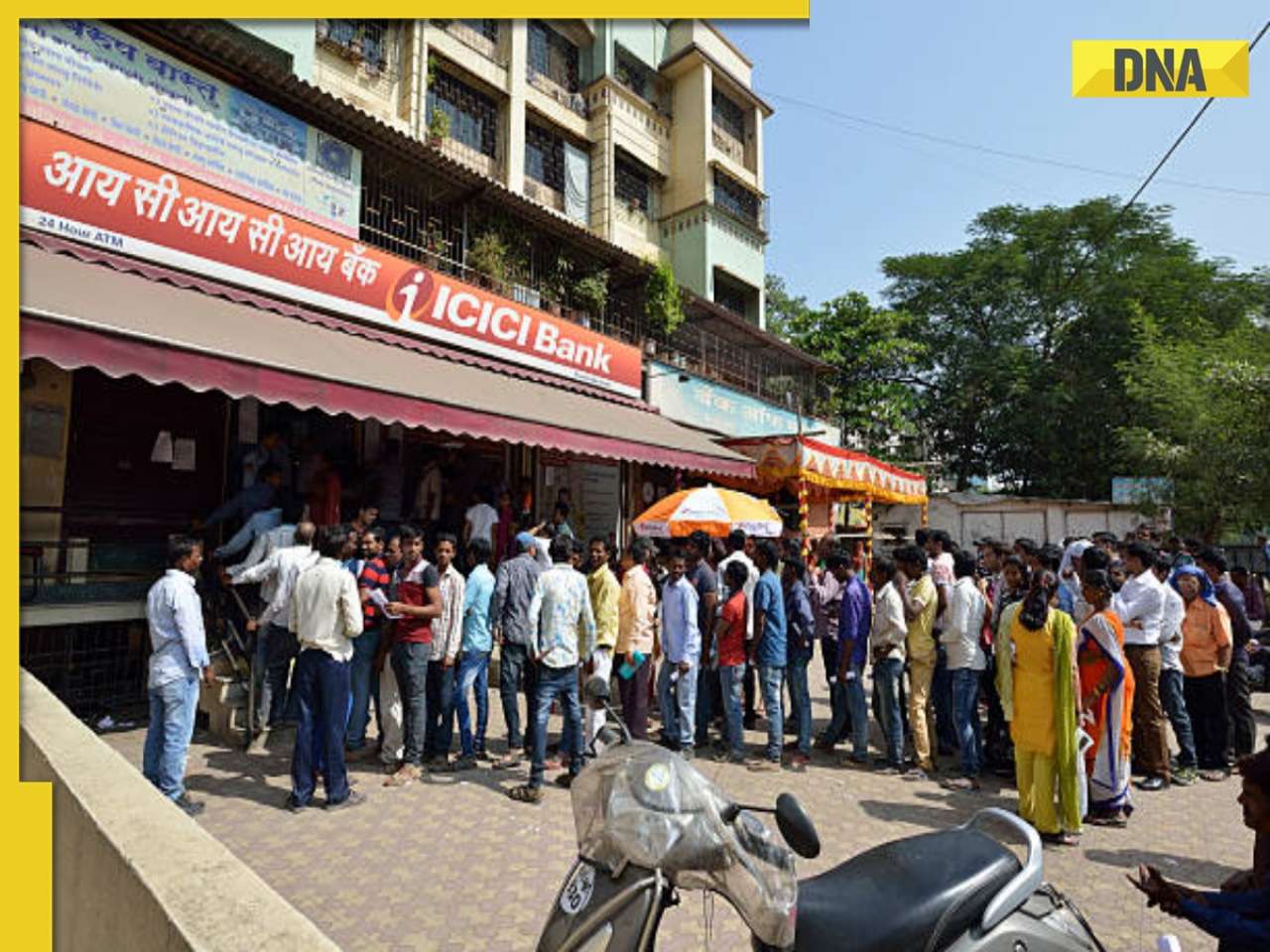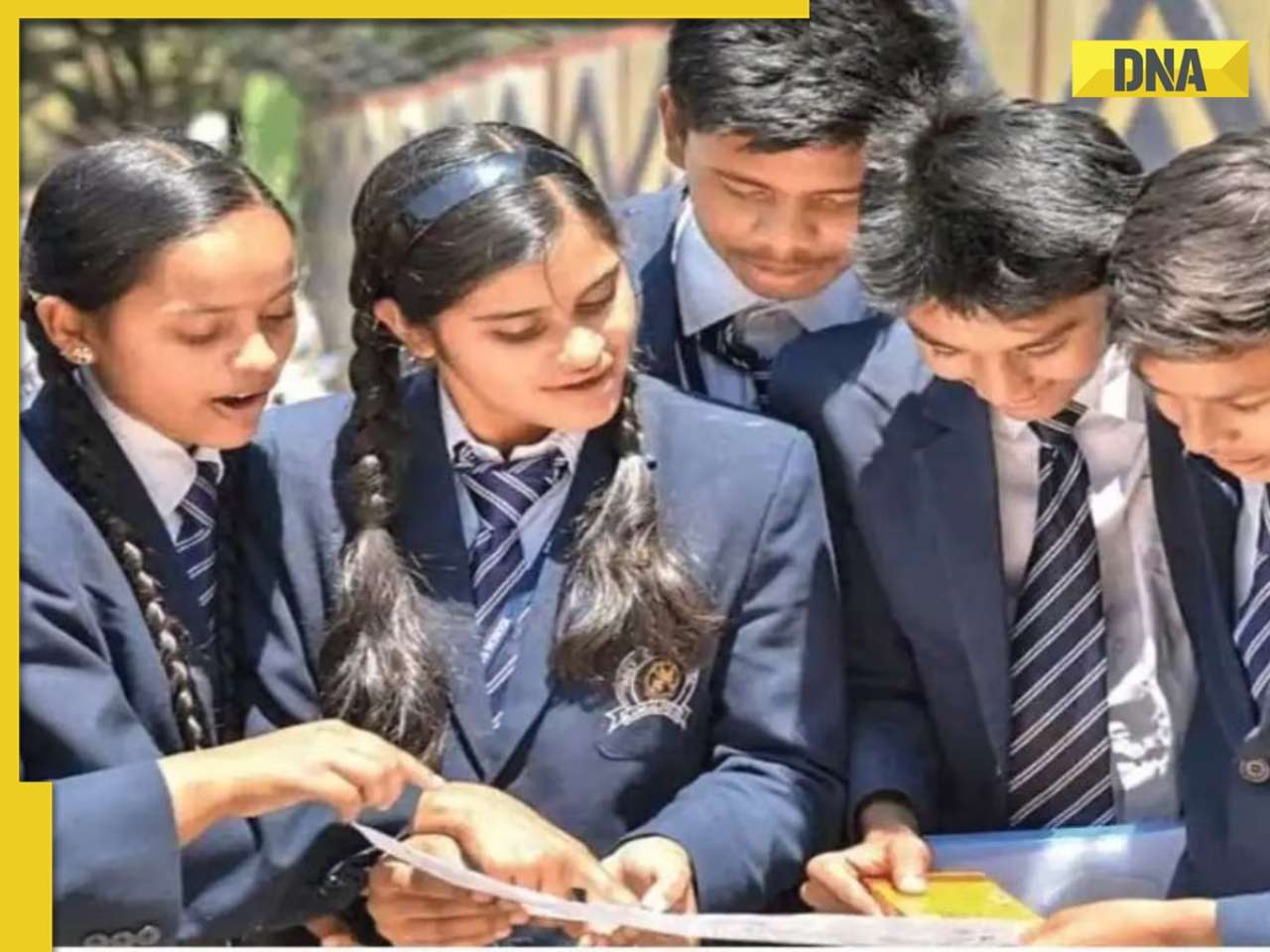- LATEST
- WEBSTORY
- TRENDING
SPORTS
Indian hand in tampering row
Aerodynamics expert of Indian origin Dr Rabi Mehta has used wind tunnels at NASA's Ames Research Centre to study the flight of tampered cricket balls.
TRENDING NOW
NASA scientist Rabi Mehta had given England team a masterclass on ball-tampering last year.
LONDON: England’s suspicion that Pakistan may have tampered the ball in the infamous Oval Test could be traced back to a masterclass on ball tampering given by a NASA scientist last year.
Aerodynamics expert of Indian origin Dr Rabi Mehta has used wind tunnels at NASA’s Ames Research Centre, California, to study the flight of tampered cricket balls and even briefed the England team on the issue, a report in Scotland on Sunday said.
Mehta says his experiments have proved the theory that scuffing one half of the ball causes it to swing at lower speeds than an untampered one.
The scientist met Troy Cooley, England’s fast bowling coach at the time, to brief him on what causes cricket balls to swing. He also had lectured senior officials at the England and Wales Cricket Board on the crucial effects of ball-tampering.
“It is possible the meetings fuelled suspicion among the English players that Pakistan cricketers had tampered the ball during the Oval Test two weeks ago,” the daily quoted Rabi Mehta as saying.
Umpire Darrell Hair of Australia kicked up a storm when he penalised the Pakistani side five runs after claiming they had tampered with the cricket ball on the fourth day of the Oval Test.
Mehta said: “On my last trip to England in December I met Troy Cooley and others from the England Cricket Board. Troy invited me out to their academy in Loughborough where I gave some lectures and some tips on swing bowling and reverse swing. We talked about ball tampering, what it is and how it helps.”
A spokesman for the ECB confirmed Mehta had met Cooley and had discussed ball tampering. —PTI
The man behind contrast swing
A research scientist at the NASA Ames Research Centre, Dr Rabi Mehta did his schooling in England.
He earned his undergraduate degree in aeronautical engineering, and then went to London for graduation. He played cricket at school and college levels. He decided to apply his knowledge of aerodynamics to cricket and wrote an article — “Aerodynamics of a Cricket Ball” — which received extensive publicity in the cricketing world. Mehta studied the actions of several English bowlers to begin his research, and then used NASA’s wind tunnels to explain how contrast swing — hitherto unknown — could be achieved.
Contrast swing is obtained by bowlers delivering the ball with a straight arm at varying paces. When bowled at about 105-110 Kmph, the ball swings towards the rough side. When bowled at more than 112 kmph, the ball swings towards the smoother side.
The bowlers can now employ identical grips to make the ball move both ways. Unlike traditional swing bowling, with the help of contrast swing, the ball can be made to swing away from the batsman without directing the angle of the seam away from him.
It can also be obtained with a worn-out seam, an impediment to conventional swing bowling. Contrast swing happens after the 40th over and like, reverse swing, it is effective in dry conditions and on abrasive wickets.
Troy Cooley, England’s bowling coach during their Ashes win, was impressed by Mehta’s theory.
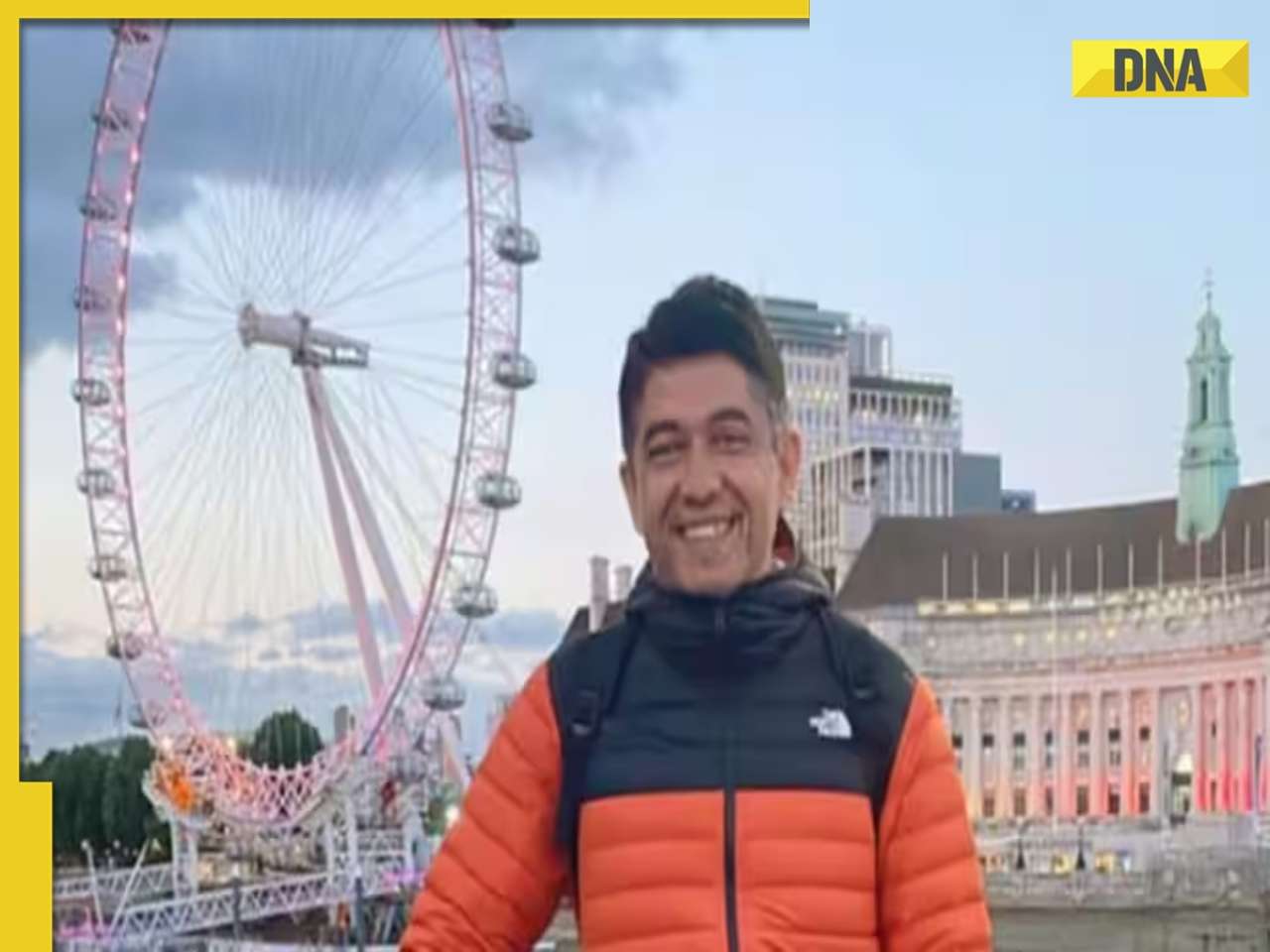
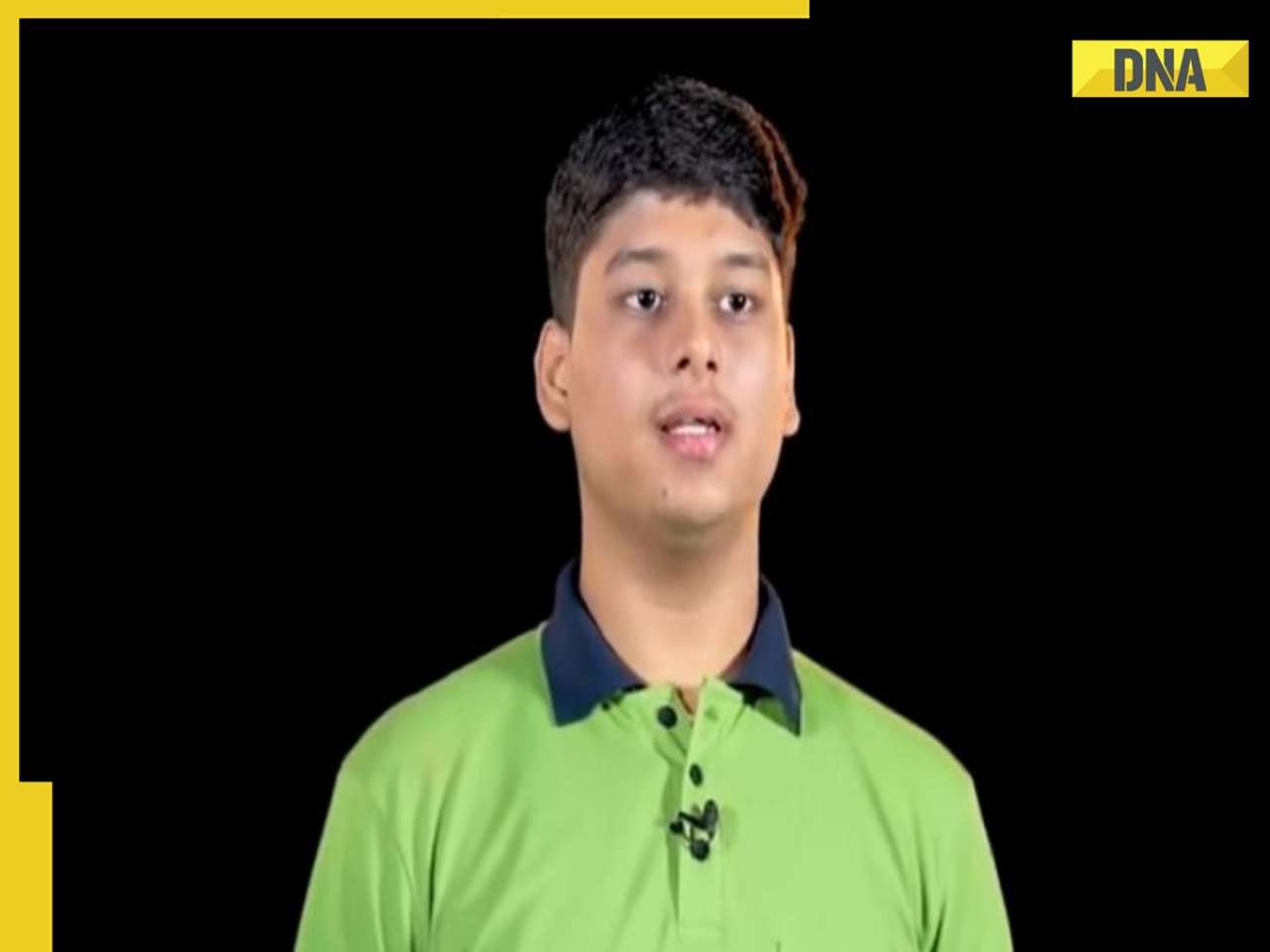





)
)
)
)
)
)
)
)
)
)
)
)
)
)
)
)







